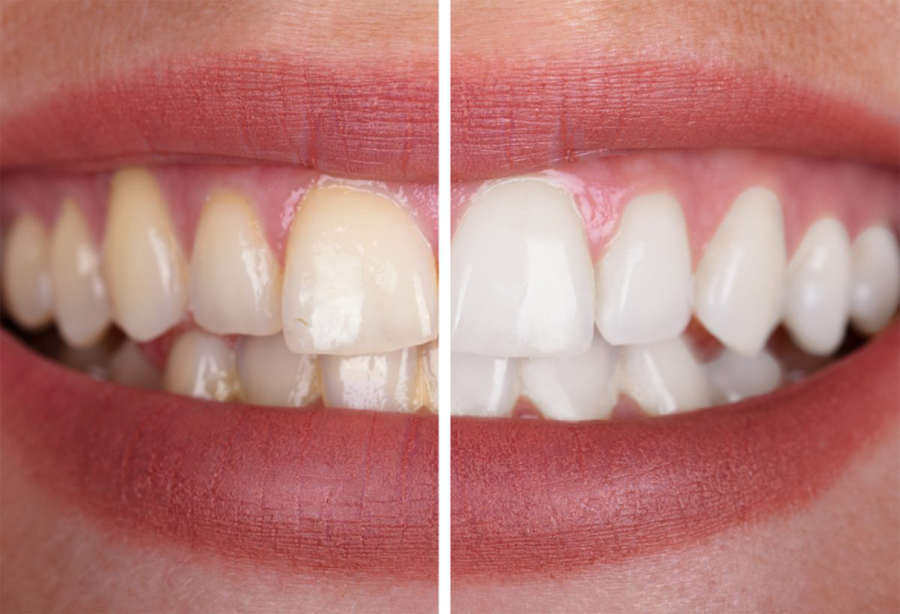Lunch regularly good for children’s development. Lunch should do regularly for lunch to eat while influential for children’s development.
The lunch was nice to meet the nutritional needs of children, especially to insufficient vitamin A, vitamin A and minerals such as calcium, phosphorus, magnesium and other matters relating to the child’s development.
According to a study conducted by the Nestle Research Center in Lausanne, Switzerland said that children who do not regularly have lunch tend to be more susceptible to malnutrition, especially vitamin A, D, E, K and several important minerals.
So the conclusion is the lunch was instrumental in meeting the needs for vitamins and minerals for growing children.
A total of 4800 children of school age were included in this study and the researchers found that 7 to 20 percent of them do not eat lunch at least once a week. About 7 percent of children aged 4 to 8 years, 16 percent of children aged 9-13 years, and 17 percent of adolescents aged 14-18 years do not consume lunch.
“We were surprised by the number of children and adolescents who skip their lunch hours, especially on weekends. We were also surprised by the fact that children who do not eat lunch have the same number of calories with children who eat lunch, “said Alison Eldridge from the Nestle Research Center is involved in the study.
The major finding of this study is that a child who eats lunch and not eats lunch does not have significant differences in the consumption of fat and sugar.
On another occasion, Sandra Aravelo, director of nutrition from New York said that lunch can maintain appetite and metabolism. Sandra also found eating once or twice is not enough for a child who is experiencing a period of growth.
“Children who do not eat lunch and go to school with an empty stomach tend to gobble up everything that is on the table at dinner,” said Aravelo.
So, for children on aged growth is very important to familiarize them with regular feeding. Because this is a very valuable asset for their long term health.












